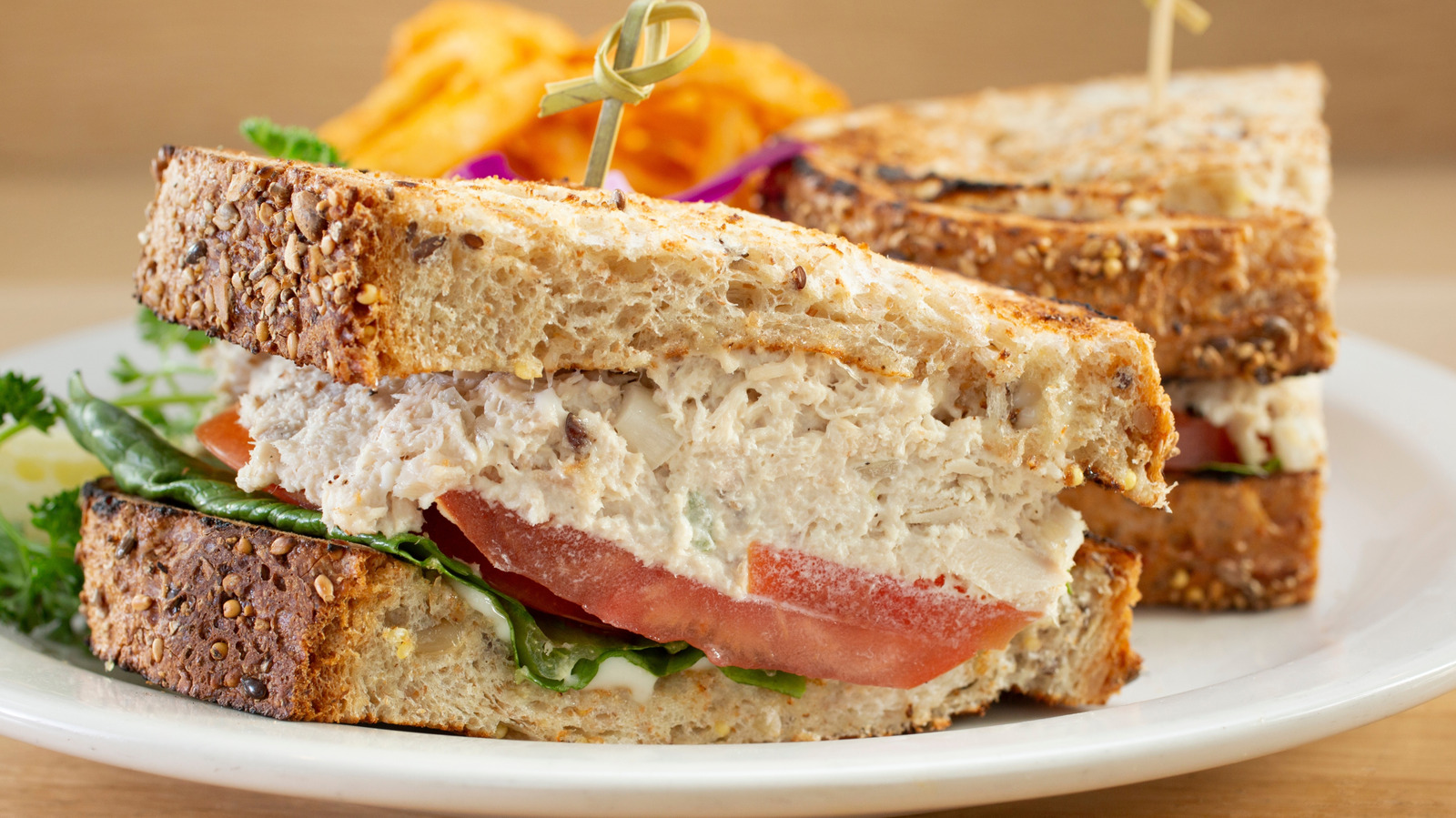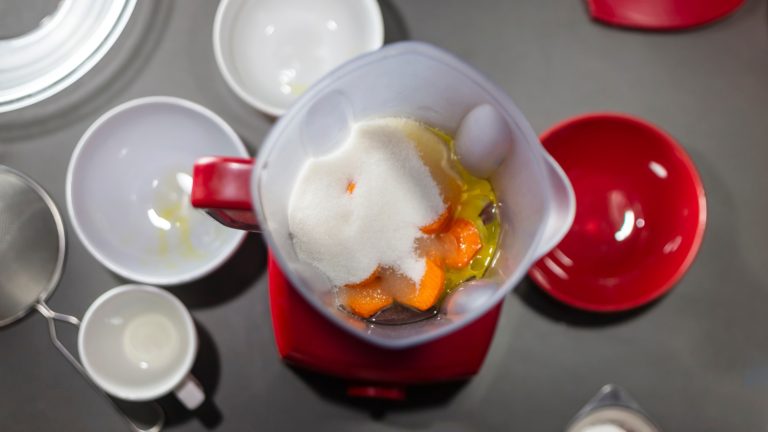Surprisingly, the tuna salad sandwich didn’t achieve iconic status until the 1930s. Before then, Americans didn’t eat much fish, and tuna was shrugged off as junk. But when clever marketers began advertising tuna as “chicken of the sea” (sorry, Charlie, this was long before Starkist did), U.S. fisheries had to fish in international waters to meet the demand. Considered Kosher, tuna salad became extremely popular in New York City Jewish delis, where it was always served on rye bread or a bagel. Today, there are thousands of recipes for tuna salad. Though they’re delicious, there’s definitely a taste difference between the kind you make at home and what you get at a restaurant. We wanted to know why, and so we asked chef Michelle Wallace (she/her), renowned Pitmaster, TV personality, and owner and founder of B’tween Sandwich Co. in Houston, Texas, to explain why restaurant tuna salad tastes better.
“The reason for this mostly is because of the ability to source high-quality ingredients,” Wallace told Tasting Table. “From the fresh tuna and vegetables to rich mayo and quality oils and vinegars.” Although restaurant chefs may not cite particular tuna brands as the best, they do seek out sustainable, line-caught tuna that’s often packed in oil. Restaurants also use a thicker, eggier mayo that isn’t available in grocery stores. According to Wallace, not only do they have access to great ingredients, but “they know how to use them in just the right ways for tuna salad.”
Use the best tuna and mayo for a deli-style sandwich
Michelle Wallace’s tip for perfecting a deli-style tuna sandwich is to source the best tuna you can find. “Go to a trusted market or specialty market and grab quality tuna,” she said. “Don’t be afraid to ask questions and read the labels.” When Julia Child was working at home, her favorite sandwich for lunch was tuna salad, and she always used oil-packed tuna. Child’s favorite mayonnaise brand for tuna salad was Hellman’s, and sometimes she mixed in capers, onion, and chopped cornichons. Other times, she simply seasoned it with lemon and salt and white pepper.
Another way you can elevate your tuna salad to restaurant quality is by making your own dressing, which Wallace calls “a top-notch move.” As she further explained, “You control what’s put into it, and it’s fresher than store bought.” Homemade mayonnaise is easy to prepare. You can whip the ingredients by hand with a wire whisk or let a food processor or immersion blender do all the work for you in about three minutes. Another reason restaurant tuna salad can be more delicious than homemade versions is that delis usually make it the day before. This extra time allows time for all the flavors of the ingredients to marry and complement each other, so you’re not just tasting tuna and mayonnaise. However you choose to make your next tuna sandwich, Wallace encourages you to “create your own experience!”






